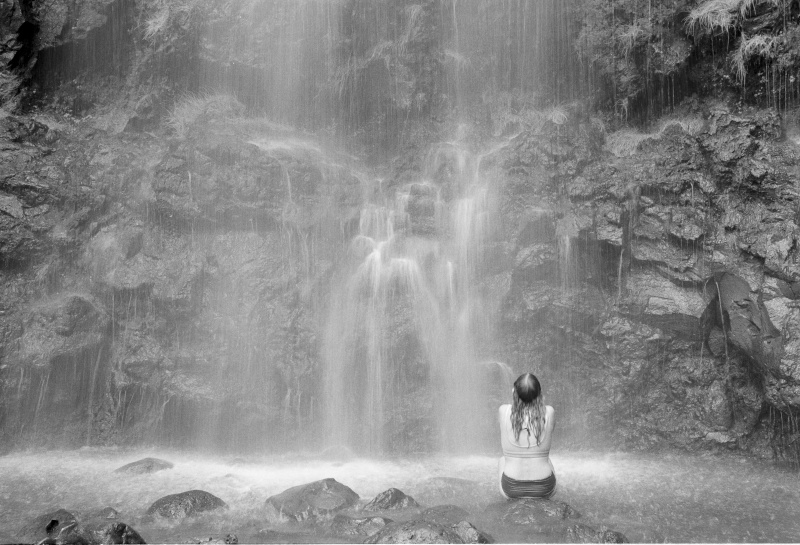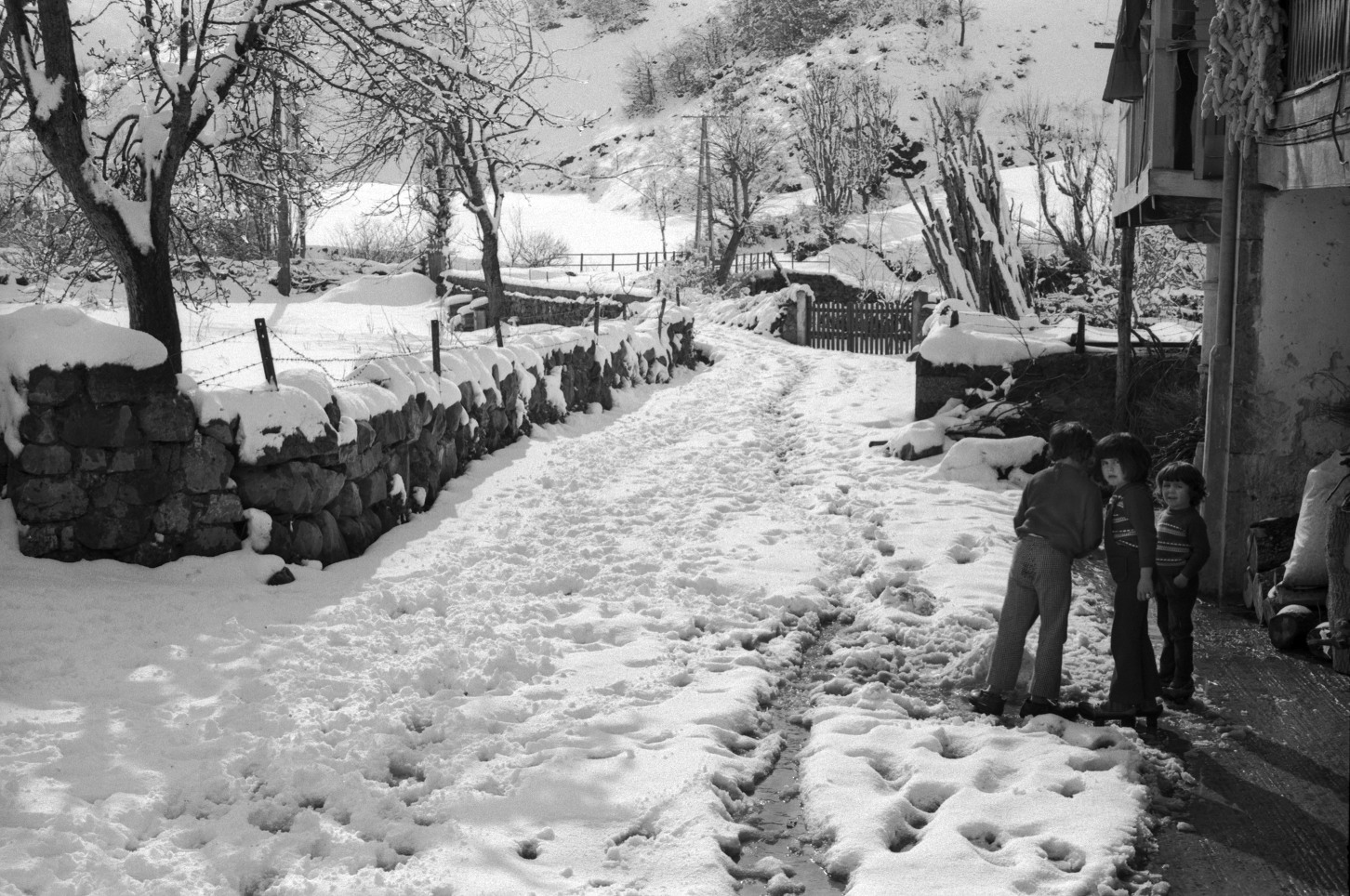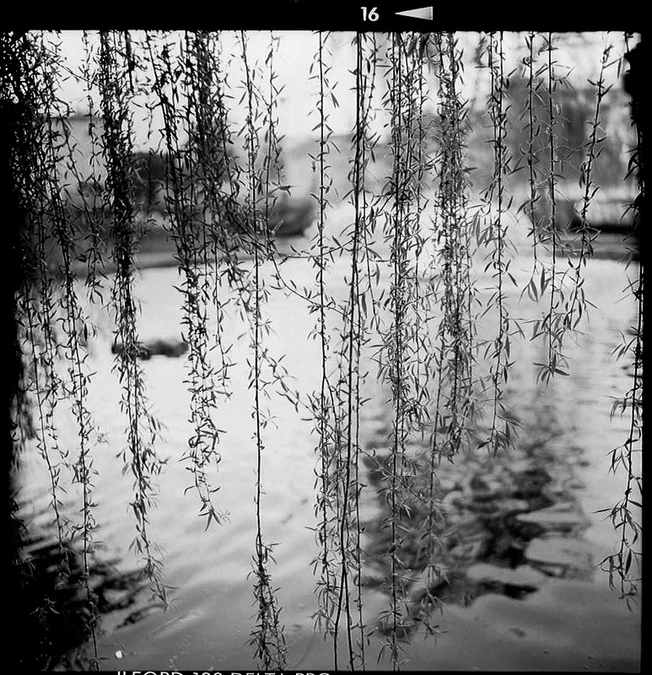Hans Berkhout
Well-known
Regarding Skiff’s comment on creating good quality negatives.
It’s true that transmission densitometers when properly used are helpful inachieving fine negatives. They certainly help to get into the ball park relatively fast. But they are not a prerequisite to achieve this goal. Top notch b&w photographers like Bruce Barnbaum,Ron Rosenstock have described in detail how to determine correct film speed and developing time without use of a densitometer.
It’s true that transmission densitometers when properly used are helpful inachieving fine negatives. They certainly help to get into the ball park relatively fast. But they are not a prerequisite to achieve this goal. Top notch b&w photographers like Bruce Barnbaum,Ron Rosenstock have described in detail how to determine correct film speed and developing time without use of a densitometer.










